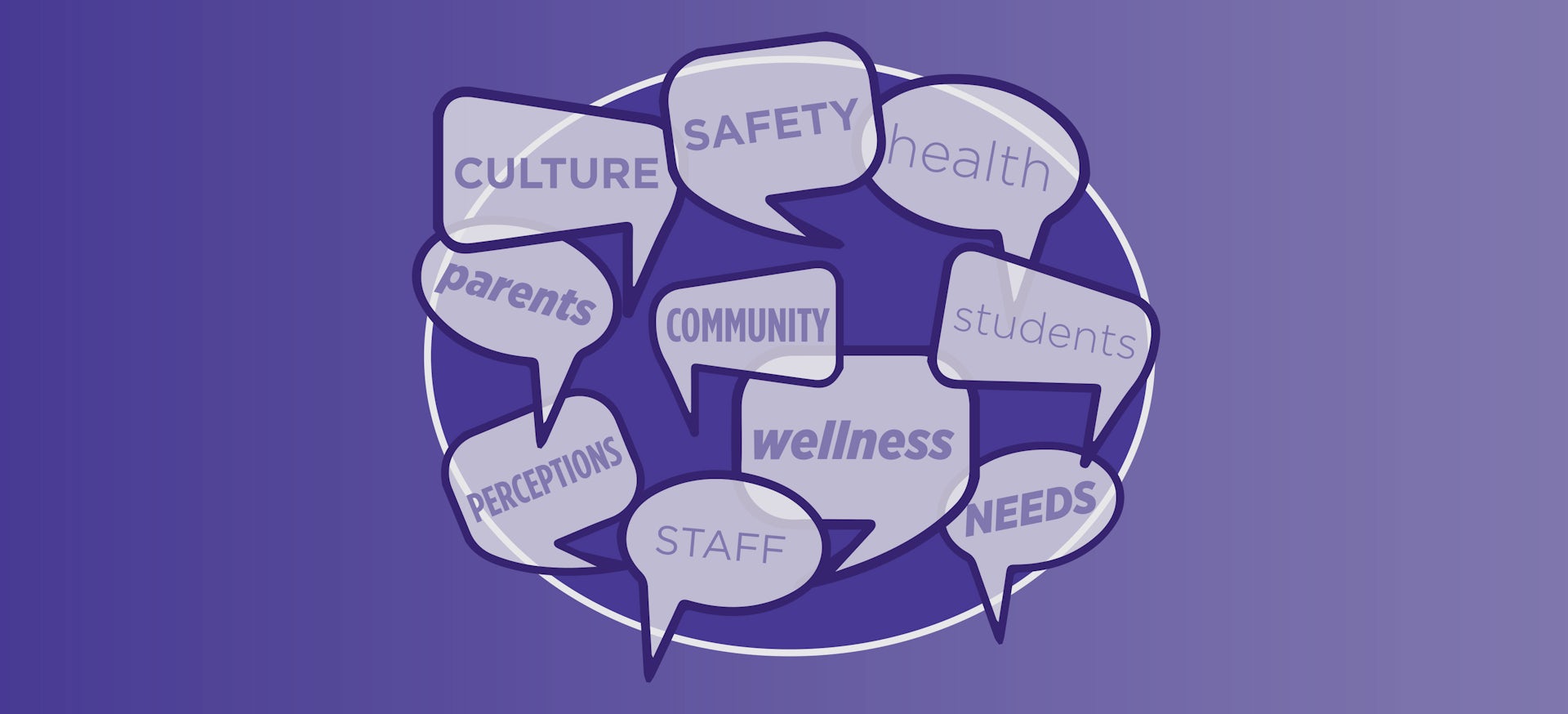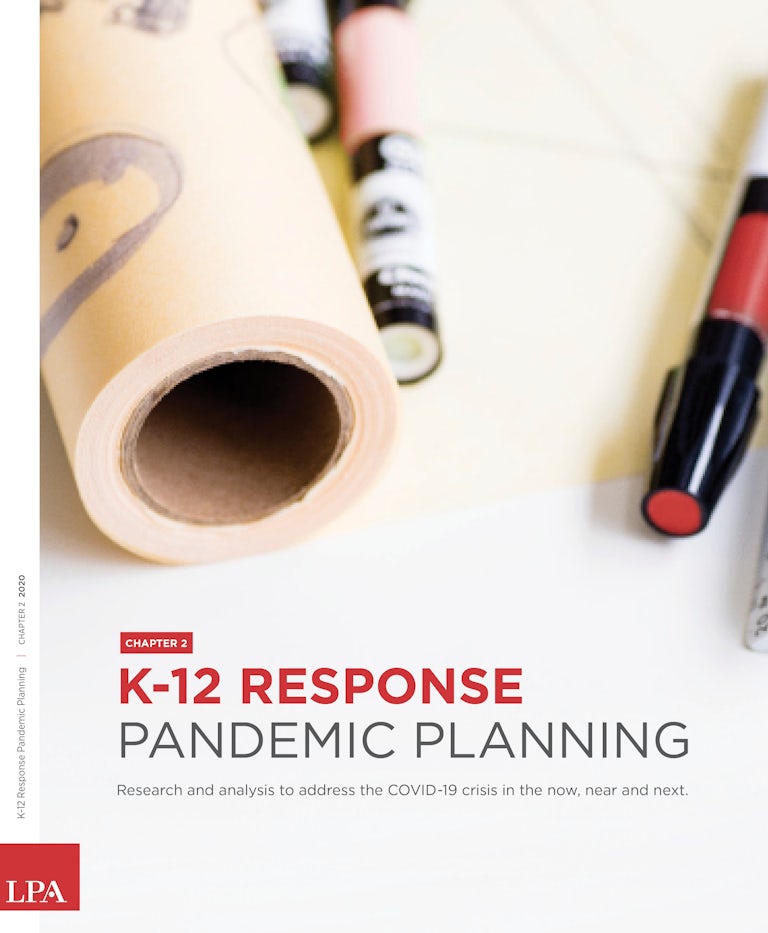As students and educators prepare to return to school, there is feeling that the government guidelines, pamphlets and generic procedures issued to date don’t provide a clear picture of what reopening may look like. To flesh this out, every district needs to have its own plan to serve its unique community, incorporating concepts from the guidelines while recognizing the distinct drivers influencing the needs, perceptions and decision-making processes of their community.
As we talk to administrators and teachers, we’re seeing extraordinary efforts made to reach out to communities, parents and students to better understand these drivers. The results will influence every aspect of their plan’s rollout and success, providing a foundation to arrive at the best ideas and solutions for their community.
From our own employee’s experience, we know it is essential to develop a process that accurately identifies the drivers and develops a full picture of the community. Are the recommendations representative of their real needs? How are you reaching technologically challenged populations? Are you getting a complete picture? Or are you simply listening to the loudest voice in the room?
The process starts with considering how you are collecting and analyzing this information from your constituents to ensure you are responsive to the diverse elements in the community. To make it work, districts need to get buy-in from all aspects of the community. And they need to base the information and recommendations on real data.
Talking to stakeholders means talking to everybody—your community, parents, students, staff, teachers—and understanding what is driving their perceptions. We are hearing that it is crucial to not only understand what’s influencing stakeholder views regarding reopening, but more importantly, what’s affecting their ability to positively view your work.
With so many variables, it’s more critical than ever to be purposeful and process-oriented in researching the needs and priorities of the community. A more exacting process—and the plans, recommendations, and guidelines that result—will have a much better chance of acceptance if they reflect the community’s true needs and values.
Understanding Community Drivers
Districts are developing plans for the future, juggling a wide variety of goals and interests. The process should start with a clear understanding of what makes your community tick.
With so many variables, it’s more critical than ever to be purposeful and process-oriented in researching the needs and priorities of the community.
A thorough process recognizes that different people engage in different ways. We encounter this all the time in our master planning efforts. Authentic engagement includes multiple outreach strategies, and a layered approach, from online surveys to personalized meetings. Are there surveys, online town halls and opportunities for transparent public interaction and input?
During the process, it’s important to recognize that the students who have the highest need right now are potentially also the students falling further behind. These students, and their parents, may require a better seat at the table if you really want to have a positive impact. Reaching out might require more time and effort, but it will lead to better solutions.
We’ve learned from past experiences that it’s important to touch base multiple times as the process moves forward to ensure stakeholders still feel supportive, as they learn more about how reopening will look. A feedback loop that asks questions with a positive and negative orientation can help reveal what factors drive people.
Analysis of driving influences may want to include a variety of lenses: safety; health and wellness practices; the disproportionality lens, how those with the biggest needs require the most attention; community culture; student and parental needs; and staff perceptions.
Any district entering the process should begin without preconceptions. By overlaying old ideas, you could, in essence, predispose the data to a certain set of conclusions. Without extensive interaction and a thoughtful feedback loop, reopening or restructuring plans can end up a poor fit, requiring activities or processes that communities have difficulty implementing, or standing behind.
There is a blizzard of information out there, and a clear understanding of the external drivers will provide a roadmap for success. The data gathered is key to making a plan responsive to the community, not a one-size-fits-all accommodation.
Jim Kisel is Director of K-12 for LPA. He is a leading voice for student-centric learning and the importance of a research-driven approach to school design.















